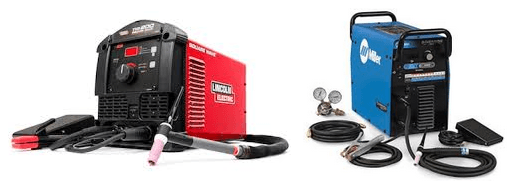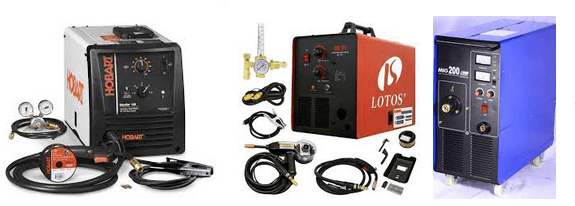As an Amazon Associate, I earn from qualifying purchases.

Proper maintenance of a welder can significantly extend the service life and even reduce the cost of weld rework. Cleaning your welder is a good way to maintain it and prolong its useful life. Cleaning the welder is generally simple. You should follow the welder manufacturer’s safety precautions when cleaning. Most manufacturers always give guidance on how to disconnect different parts of the welder and even how to clean. Following this guidance will prevent accidents such as electrical shocks. Those who want tips on how to clean welder will find this article very useful.
How To Clean Welder?
Before you start the cleaning process, disconnect the welder from the power outlet. This precaution will prevent injuries associated with electrical shock. It will also prevent the machine from damage.
You might want to clean the cord because it accumulates dirt when working. It might be dirt depending on the kind of project that you were handling and the place of work. An electrical contact cleaner might be a good choice to clean the cord and plug.
Next, you can clean the liner. At times, it might be time-consuming to remove the liner for full inspection and cleaning. Other operators might find it unnecessary to remove the liner if there isn’t an existing problem. You can still maintain an unclogged liner without removing it. Use compressed air to clean potential blockages during wire change over.
Based on the amount of spatter while welding, it’s advisable to inspect and clean the nozzle each day. The nozzle may malfunction just because it requires some cleaning. To clean the nozzle, a pair of welding pliers can do the work. If a pair of welding pliers fails to deliver your desired results, you can find other specialized tools. Reaming out spatter from the nozzle may require a specialized tool.
When cleaning the welder, you might wonder whether you can blow it dry. It’s safe to blow the welder whenever you want to clean it. Blowing the machine will specifically remove dust from the machine. Dust might originate from other actions related to welding such as grinding and sanding. To blow the welder, you can pull the side and top covers off.
Most operators use small pressure washers to clean the inside of their welders. However, the pressure should be kept down to levels that are safe for washing a car. Metal dust is conductive and can lead to arcing. The dust also grinds into controls and causes them to fail. Particularly, in a TIG welder, dust can be harmful around the high-frequency
circuit/high voltage.
Conclusion
A welder is a great investment that will make your work easier, help you earn extra income or save on the cost of repairs at home. You can protect your welder by cleaning it often. Through the simple cleaning steps outlined in this article, you can extend the service life of your welder. You will also avoid costly correction of weld defects.



Leave a Reply